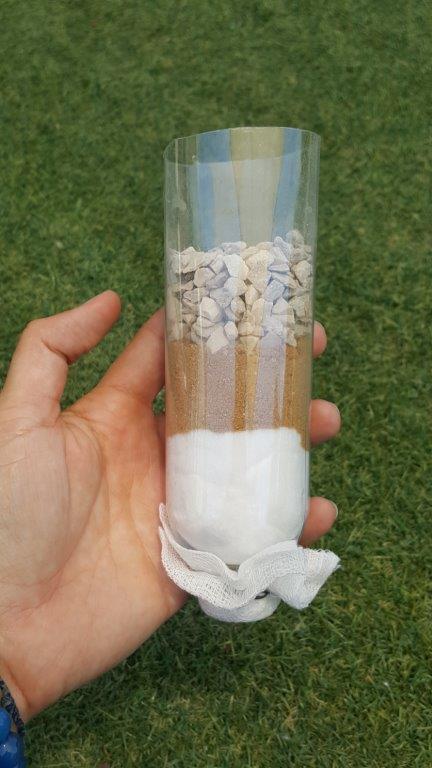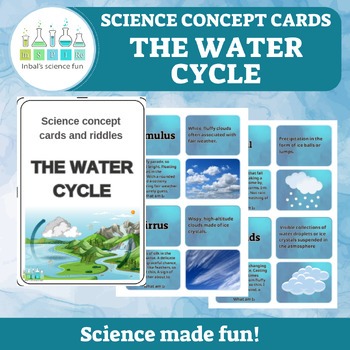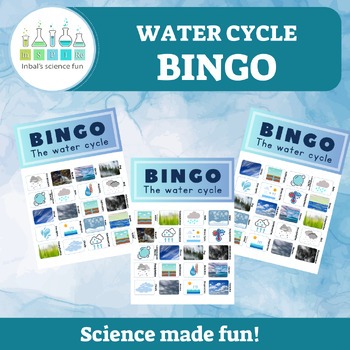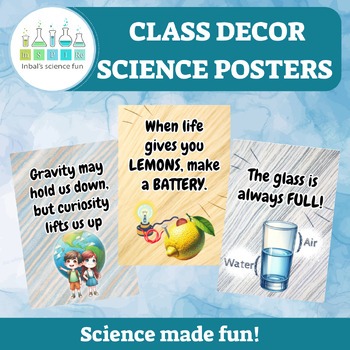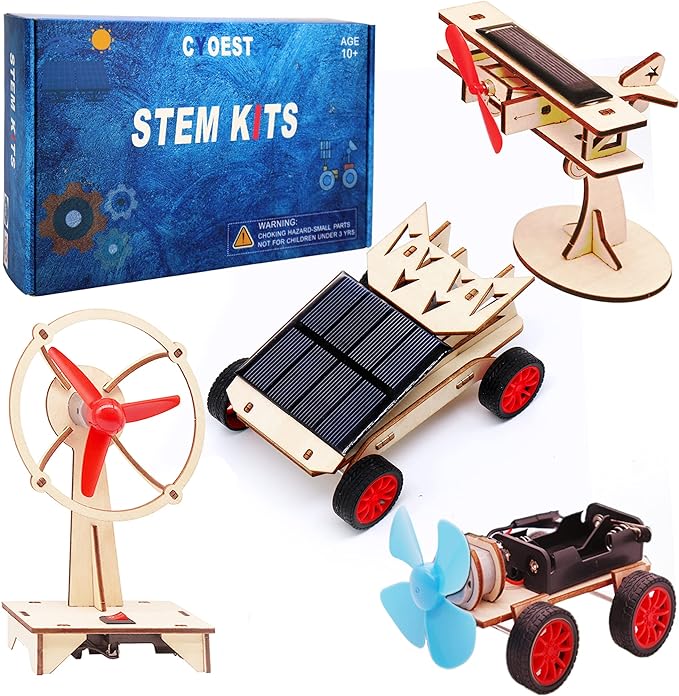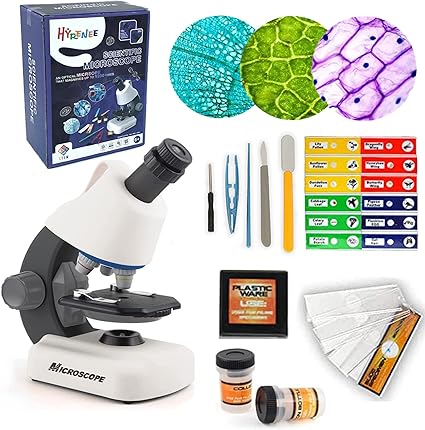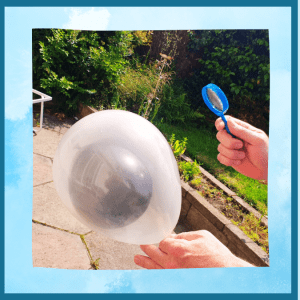Hands-On Activities for Unlocking the Water Cycle
The water cycle is a fundamental concept in science, illustrating the continuous movement of water on, above, and below the surface of the Earth. Understanding this cycle is both a cornerstone of scientific literacy and a doorway to appreciating the natural world.

The journey of water from the sky to the earth and back again is a tale as old as time. It is essential that this cycle be introduced to students in a manner that is both informative and engaging. Through hands-on activities, the stages of evaporation, condensation, precipitation, and collection are brought to life, fostering a deeper understanding of this natural process.
Here are 5 ideas for experiments you can do in class:
1.Water Cycle in a Bag
This simple yet effective experiment visually demonstrates evaporation and condensation. You’ll need a sealable plastic bag, water, food coloring (optional), and a marker. Fill the bag with water, add a few drops of blue food coloring, and draw the water cycle diagram on the bag. Seal it and tape it to a window where the sun shines through. Students can observe how the water evaporates, condenses into droplets on the upper part of the bag, and ‘rains’ down – all within their very own classroom ecosystem!
<<click here for the full experiment>>

2.Mini Water Cycle Model
Create a miniature water cycle using a bowl, a mug, plastic wrap, and a small weight. Pour water into the bowl and place the mug in the center. Cover the bowl tightly with plastic wrap and place the weight on top in the center above the mug. As the water in the bowl evaporates, it will condense on the plastic and drip into the mug, showing precipitation.
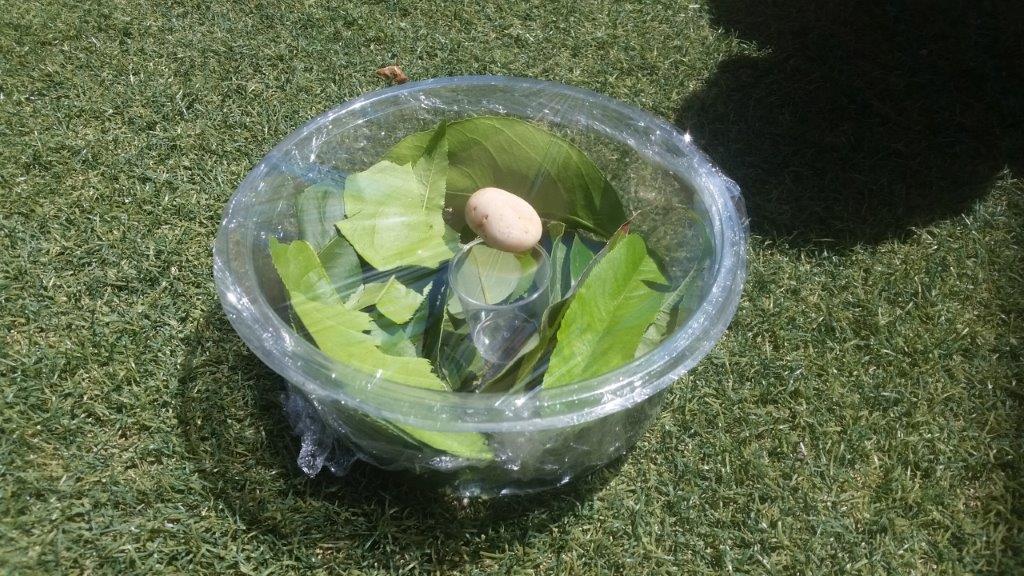
3.Cloud in a Bottle
Demonstrate cloud formation using a transparent plastic bottle, warm water, and a match. Pour warm water into the bottle to cover the bottom, light a match and hold it at the opening briefly before sealing the bottle. Squeeze the bottle hard and release to see a cloud form inside. The pressure change allows students to see condensation and cloud formation right in their hands.
<<click here for the full experiment>>
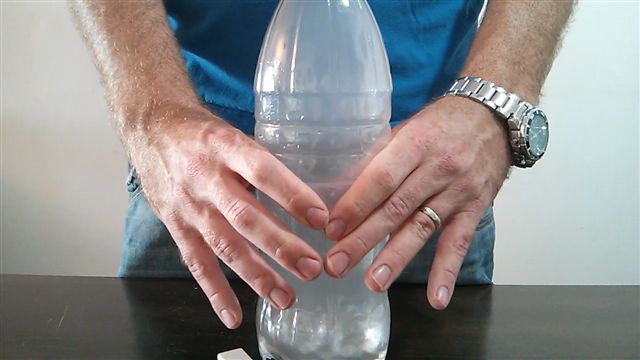
4.Collecting Evaporated Water
Show the invisible process of evaporation and condensation in a more tangible way. Place a pot of water on a stove or hot plate and cover it with a lid. As the steam condenses on the lid, carefully collect the water droplets. This not only shows evaporation and condensation but can segue into discussions about water purification.
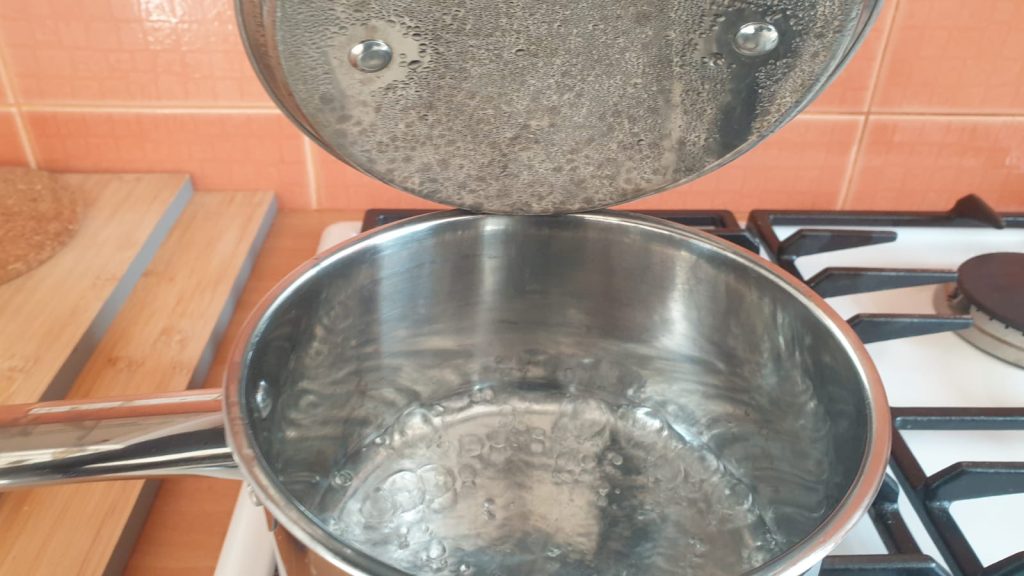
5.Water Filtration System
While not directly part of the water cycle, understanding filtration can be a great segue into discussing how water is cleaned before it evaporates. Construct a simple water filter using a plastic bottle, sand, gravel, cotton balls, and dirty water. As the water passes through the layers, it emerges cleaner at the bottom, simulating natural filtration processes.
